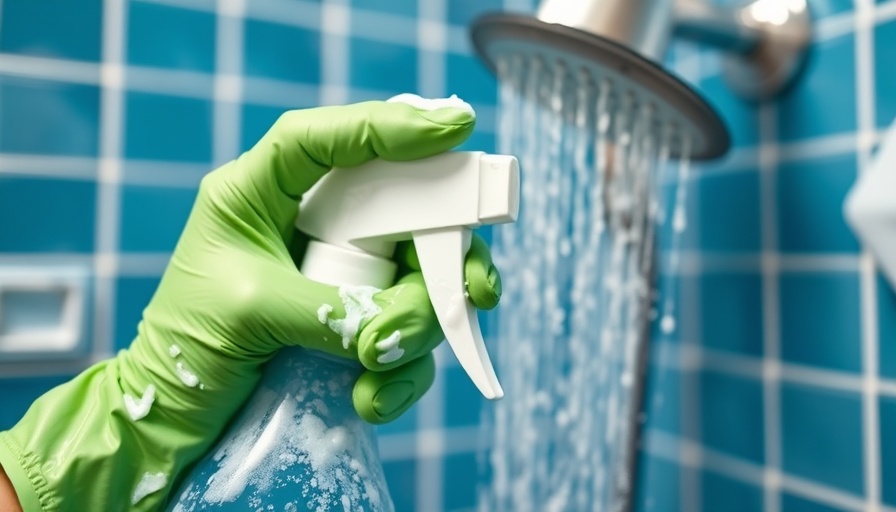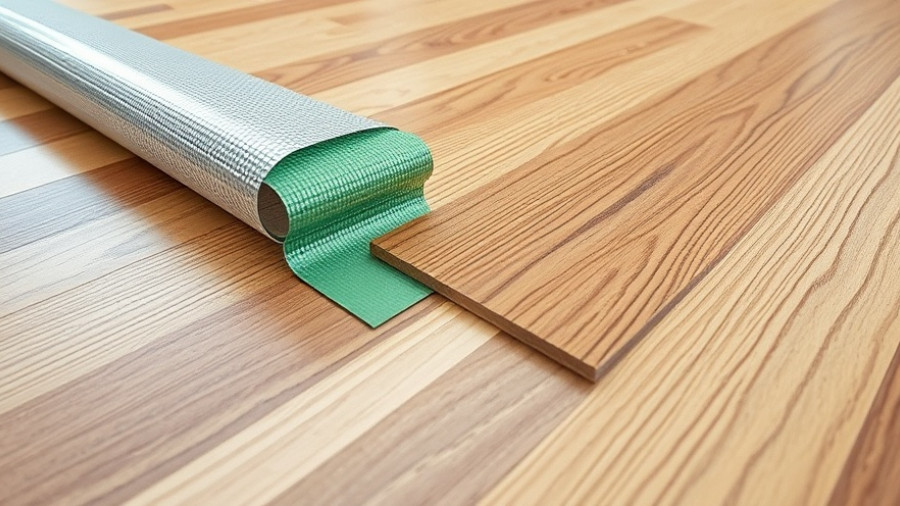
Why Cleaning Your Shower Head is Essential
As a homeowner, maintaining your household fixtures is crucial for both function and aesthetics. If you've noticed diminished water flow from your shower head, it’s likely due to mineral buildup or mold. Regular cleaning can prevent this issue, ensuring your bath becomes a refreshing escape rather than a frustrating experience.
Cleaning your shower head doesn’t need to be a daunting task; in fact, with just a few simple tools and a little patience, you can restore its performance significantly. Cleaning your shower head every six months, or more frequently if you live in a hard water area, is a practice that pays dividends in effective water flow and hygiene.
The Tools You Need for Success
To accomplish this task, you will need:
- Pitcher
- Baking soda
- 4 cups of white vinegar
- Toothpick or paper clip
- Cleaning cloth
- Gallon-size plastic bag
- Rubber bands
- Lockable pliers or wrench
- Needle-nose pliers
These items make it simple to tackle the buildup that may be causing blockage; it’s about using what you already have effectively!
Step-by-Step Guide to Clean Your Shower Head
Let’s break down the cleaning process into manageable steps:
Step 1: Inspect and Prepare
Before you dive into cleaning, inspect your shower head for any visible buildup or mold. Understanding the material and construction of your fixture is vital; some materials may require gentler care to avoid damage.
Step 2: Soak in Vinegar
The easiest and most effective way to clean a shower head is to soak it in vinegar. Fill a plastic bag with vinegar, attach it to the shower head using rubber bands, and leave it for at least an hour. The acid in vinegar breaks down mineral deposits effortlessly.
Step 3: Rinse Thoroughly
Once the hour is up, remove the bag. Rinse the shower head under fresh water, using a soft cloth to wipe away any remaining residue. This will help clear out any leftover particles that may linger.
Step 4: Address Residual Blockages
If water flow is still restricted, use a toothpick or paper clip to gently clear each nozzle. Take care not to damage the nozzles; they are crucial for an even water flow!
Step 5: Reconnect and Check
After cleaning, it’s time to reconnect your shower head. Ensure it is securely fastened, then turn on the water to check if the flow has improved. A clean shower head not only works better but also contributes to a healthier bathing environment!
Common Misconceptions About Shower Head Cleaning
Many homeowners hesitate to clean their shower heads, fearing it will be complicated or time-consuming. However, as outlined, following these simple steps can lead to a noticeable improvement in water flow without requiring professional help. Often, the fear of damaging the fixture holds people back, yet the right techniques can preserve and even extend the life of the shower head.
Potential Long-Term Benefits
Investment in regular cleaning not only boosts your daily shower experience but also protects your plumbing. Over time, neglecting to clean can lead to costly repairs if mineral deposits impair your plumbing system. Think of it as a preventative measure that pays off significantly.
Conclusion: Take Action for Better Hygiene
Incorporating shower head cleaning into your home maintenance routine is a proactive step towards a healthier living environment. Don’t overlook this essential task; not only will you enjoy better showers, but you’ll also protect your home appliances in the long run. Start your deep cleaning journey today!
 Add Row
Add Row  Add
Add 




Write A Comment